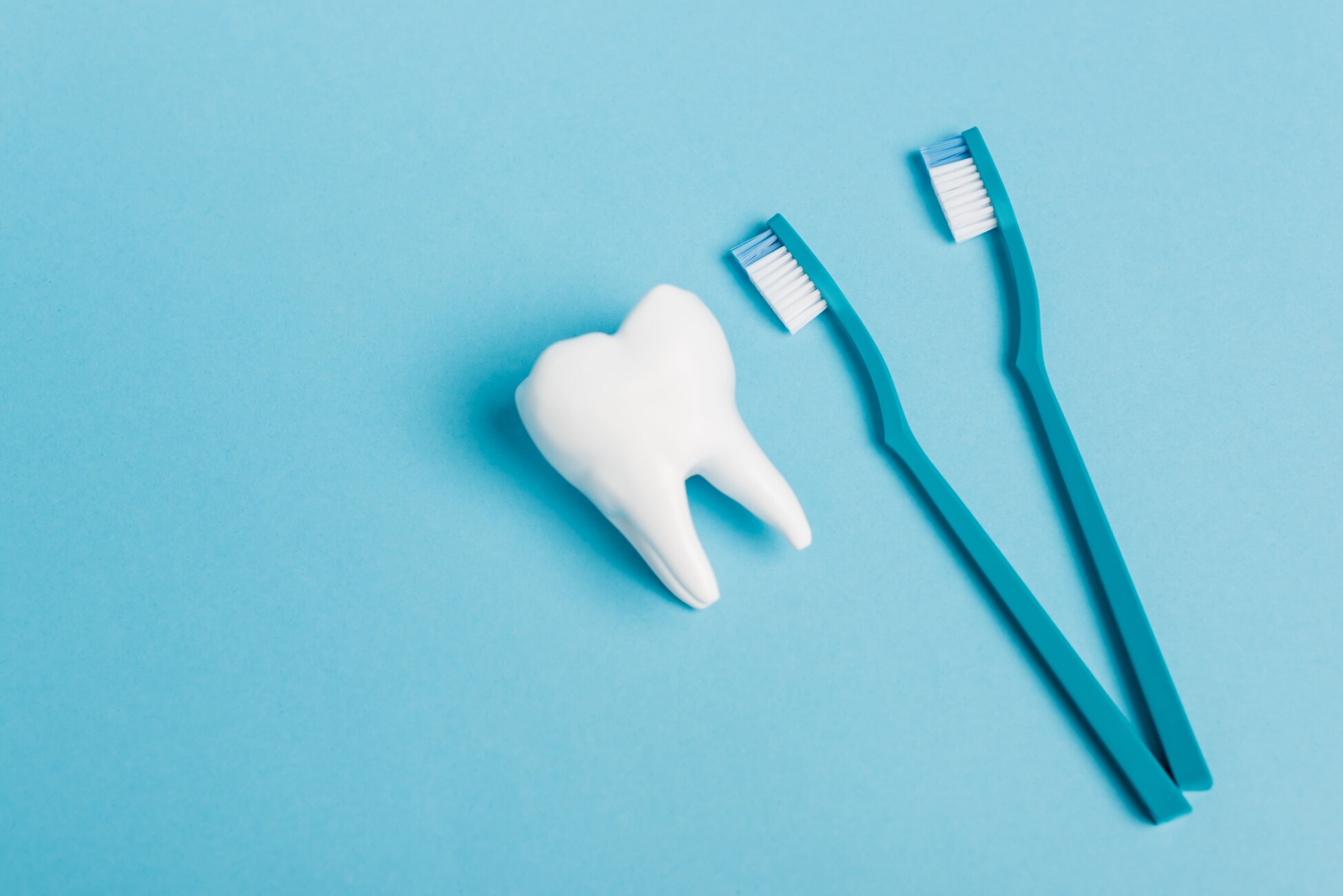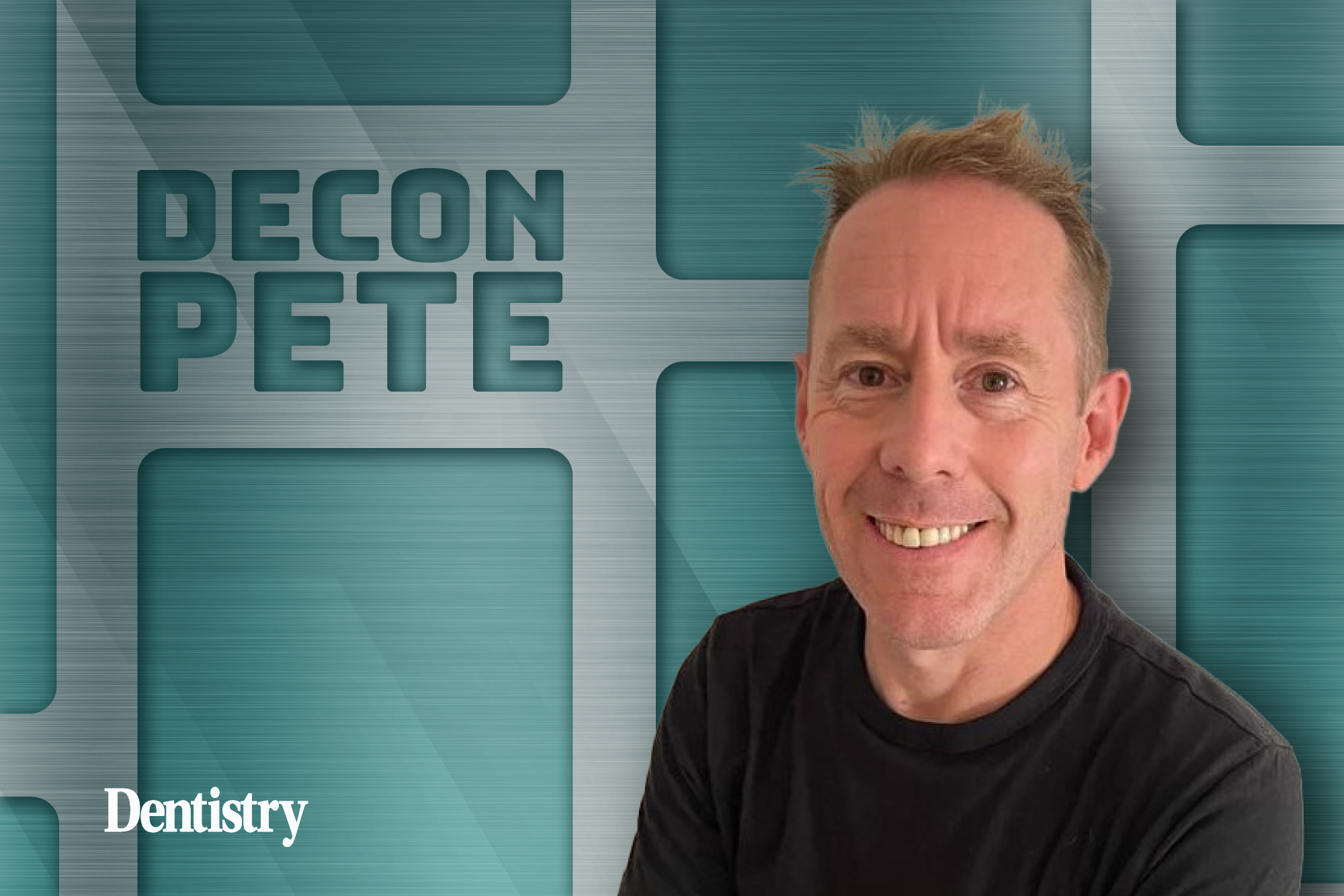
Dentistry
Dentistry deals with the oral health, encompassing the diagnosis, prevention, and treatment of oral diseases and conditions.
Dentistry deals with the oral health, encompassing the diagnosis, prevention, and treatment of... View more
How can dental waste management be more sustainable? Part four
-
How can dental waste management be more sustainable? Part four

In the fourth part of his sustainable dental waste management series, Decon Pete discusses additional easy ways you can reduce your practice’s waste.
This month, we are continuing the sustainability theme and outlining more ways practices could become more sustainable.
My last three articles have looked at how the new HTM 07-01 update will impact the way practices think about healthcare waste management and general sustainability. I am starting to see many practices implementing the new document as their healthcare waste providers start to roll out the changes.
One of the main changes that is becoming more and more apparent is practices’ eagerness to try and become more sustainable and reduce the amount of unnecessary waste created.
Ultimately, if we can reduce the amount of waste being generate, this will not only have a positive impact on the environment, but also on a practice’s overall costs.
Steam mops
Under the current UK guidance and code of practice, maintaining cleanliness throughout the practice is paramount in aiding effective infection prevention and control. Part of the process of maintaining high IPC standards involves the effective cleaning and disinfection of all surfaces including floors.
UK guidance requires that all dental practices should have a selection of different mops utilising the national colour coding of:
- Red – for wash-rooms
- Blue – for offices
- Green – for kitchens
- Yellow – for clinical and decontamination areas.
Utilising this method has its pros and cons in dentistry. The pros are that they are relatively in-expensive to set up and the colour coding is easily distinguishable for anyone using them.
However, the cons include the fact they take up a lot of space in a dedicated cupboard, different chemicals are used which may not be environmentally friendly, and the heads will need to be changed periodically.
Why choose steam mops?
Another way practices could clean floors throughout the practice is to utilise steam mopes for cleaning and disinfection.
But why is steam so effective at cleaning and disinfecting surfaces? According to Polti, ‘High-temperature steam effortlessly removes and dissolves all kinds of dirt and grime, eliminating mites, germs and bacteria. What’s more, it reduces water usage and the impact on the environment, ensuring flawless cleaning with long-lasting results.’
A single steam cleaner using different colour-coded microfibre mop heads, which are available using the national colour coding, would require less space for storage. This would also eliminate the use of any harmful chemicals.
Once the mop has been used, the microfibre heads would simply be washed at the hottest temperature possible and then reused. This method would need to be backed up with a robust policy and adhered to by any staff members or outside contractors.
Recycle
HTM 07-01, along with identifying the various healthcare waste streams, is also promoting dental practices to recycle more using the five R’s methodology.
The vast majority of dental products are delivered in packaging that can be recycled. If we incorporate a rigid recycling programme, like that we carry out in our own homes, this will help to reduce the amount of unnecessary waste that is generated.
Go digital
If you haven’t gone digital already, then maybe now is the time. Since the turn of the new decade we have been entering into what is called the fourth industrial revolution. This revolution is described as ‘technological developments in cyber-physical systems such as high capacity connectivity, new human-machine interaction modes such as touch interfaces and virtual reality systems, and improvements in transferring digital instructions to the physical world including robotics and 3D printing’.
Going digital has, along with many other things, a significantly positive impact on the environment, particularly when we look at X-rays and no longer using harmful chemicals for the developing process.
Compostable PPE
As an industry, dentistry disposes of a huge amount of PPE inlcuding gloves and masks. Currently, many of these will be disposed of in clinical waste.
A more sustainable option could be to utilise compostable or biodegradable options which would be suitably disposed of with the newly adopted ‘offensive waste’.
Unigloves, disposable glove expert, says, ‘While latex gloves are made from a natural rubber compound and are naturally biodegradable, the same can’t be said for most nitrile gloves. Traditionally, nitrile gloves have not been biodegradable, as they’re made from a synthetic compound that takes many years to decompose’
As well as PPE, more and more manufacturers are developing environmental friendly options of other commonly used items.
These are all only suggestions and may not be suitable for all practices to try to implement, but hopefully they will help you if you want to become more sustainable without minimising patient or staff safety.
If you need some help and assistance with anything or want to look at sustainable alternatives then get in touch by email at [email protected]. You can also visit the website http://www.deconpete.co.uk.
Catch up on previous Decon Pete columns:
Contact [email protected] for references
Sorry, there were no replies found.
Log in to reply.
